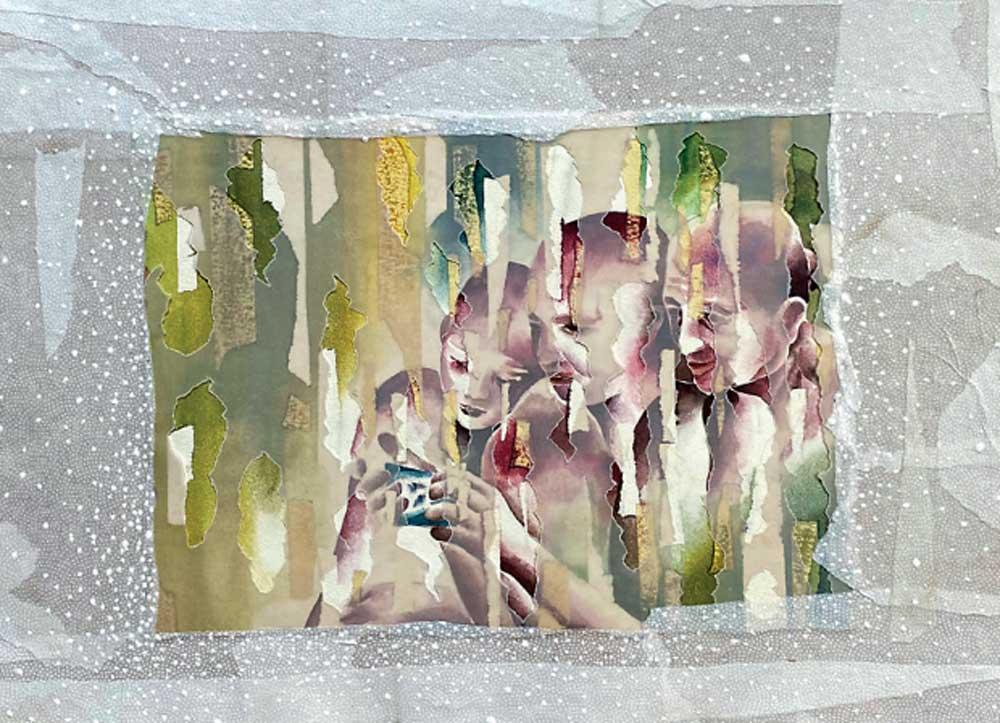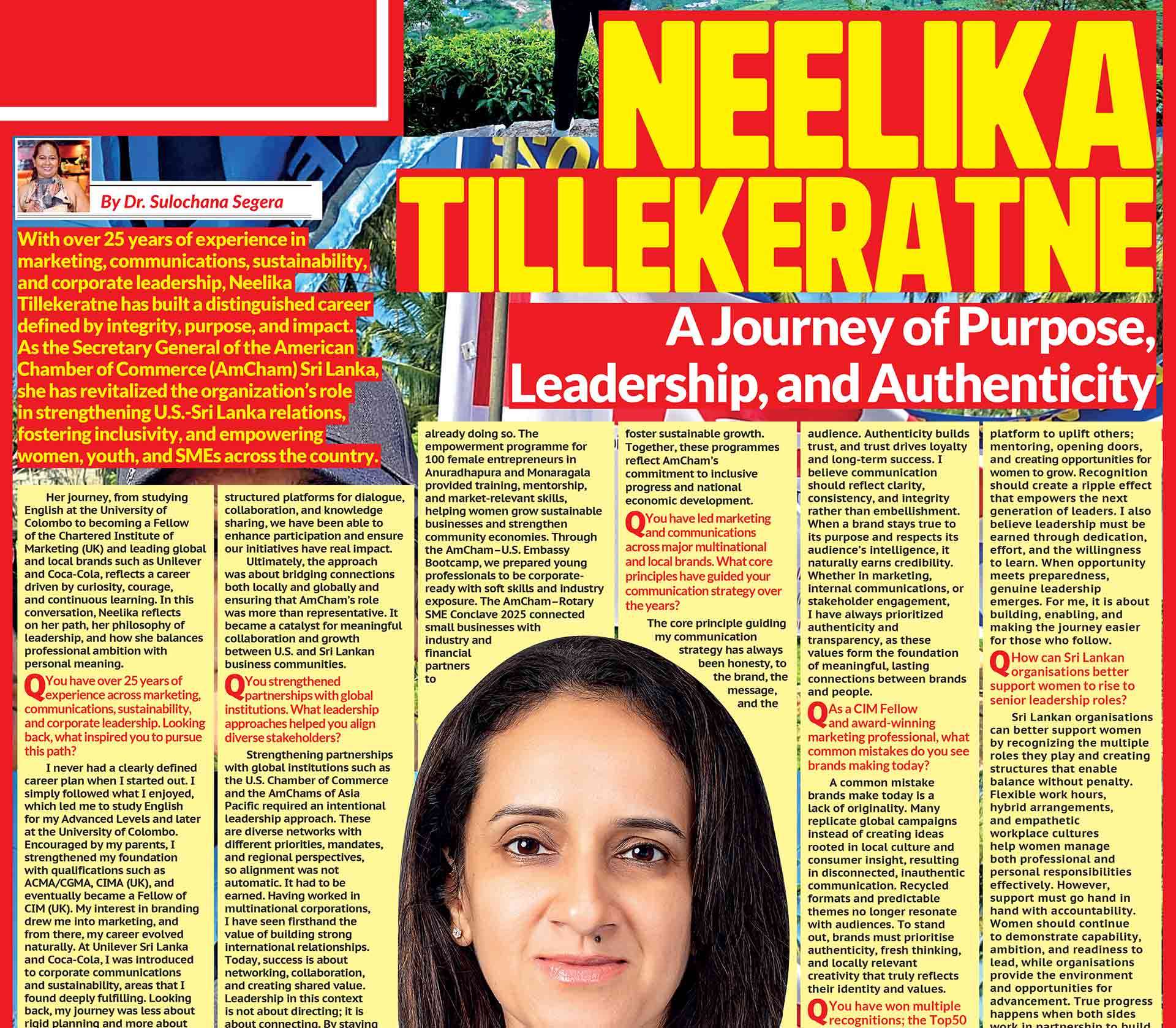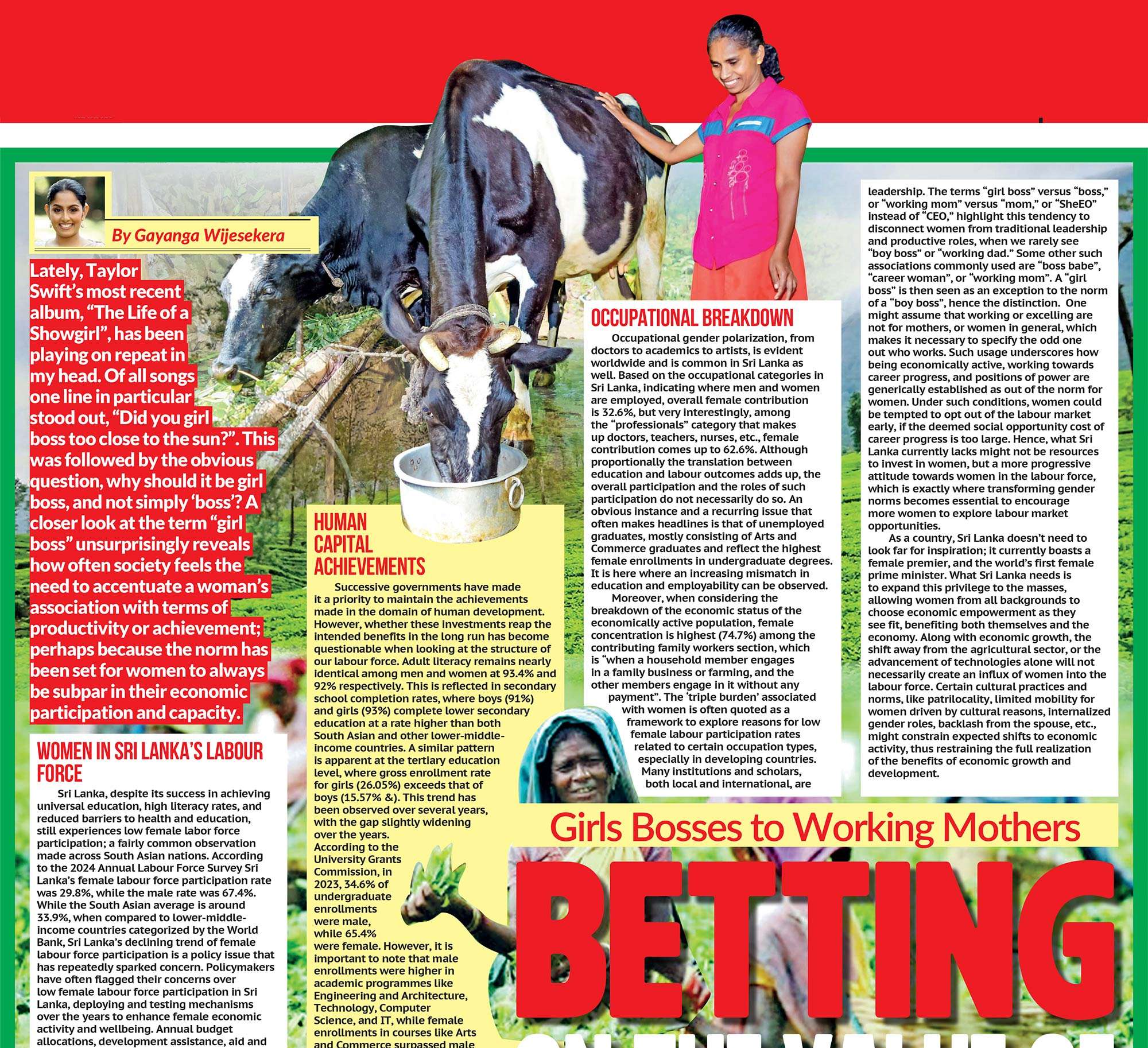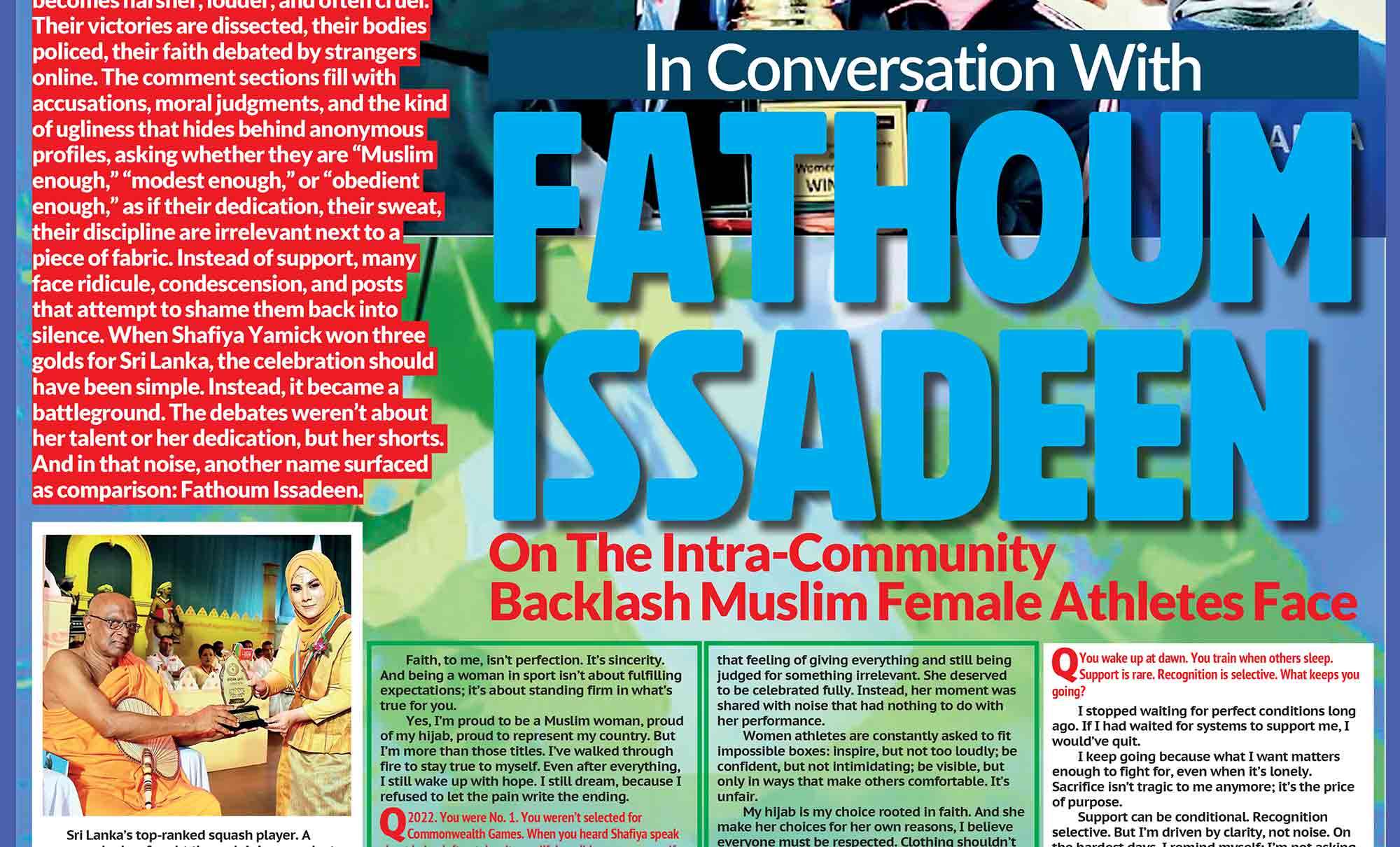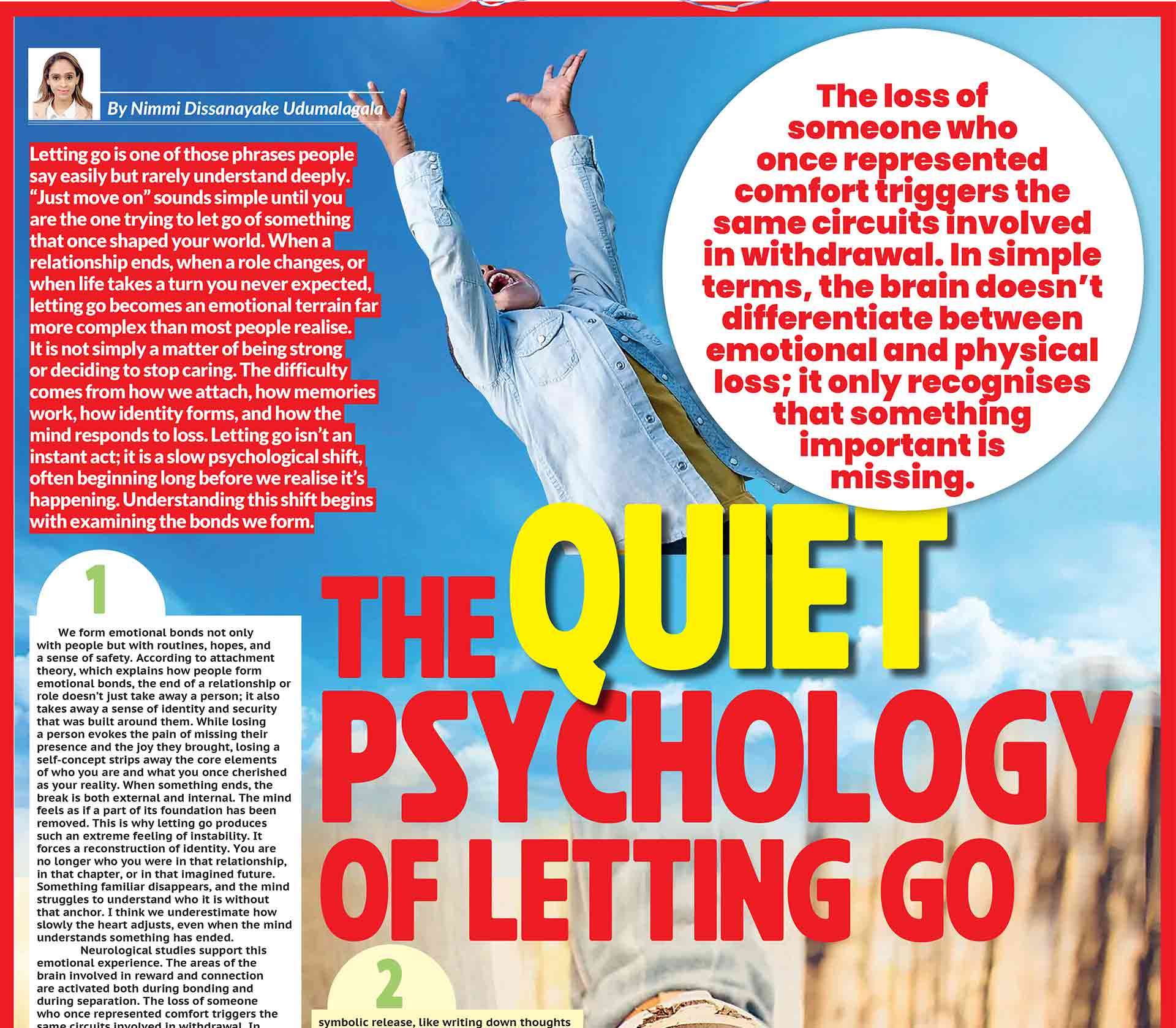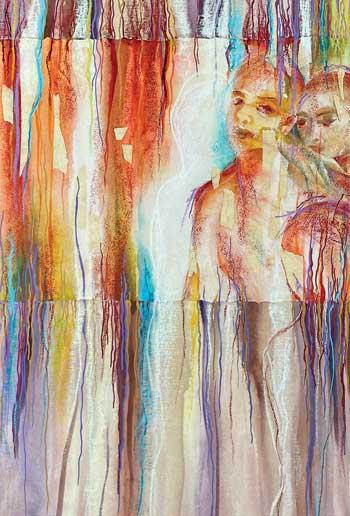 Sri Lankan contemporary art has found a powerful, poetic voice in Anoma Wijewardene, an internationally acclaimed artist whose work spans painting, mixed media, installations, digital art, video, and even olfactory expressions. A graduate of Central Saint Martins, University of the Arts London, Anoma began her creative journey as a designer, working with prestigious labels including Yves Saint Laurent, Pierre Cardin, Calvin Klein, and Ralph Lauren, with her designs even appearing in British Vogue. But it was her transition into full-time art that defined her as one of Sri Lanka’s most important cultural ambassadors. From exhibiting in Sydney, London, New Delhi, Kuala Lumpur, Maldives, Dubai, Hong Kong, and Colombo to becoming the first Sri Lankan solo artist invited to the Venice Biennale (2019), Anoma has consistently broken new ground. Her participation in landmark shows such as Sotheby’s Hong Kong (2016) and her interdisciplinary collaborations have further cemented her place in global conversations on sustainability, inclusivity, and healing. Her deeply layered works, often evoking existential anxieties, environmental concerns, and the search for reconciliation, invite reflection on what it means to be human in an age of crisis and transformation. In this conversation, Anoma Wijewardene opens up about her journey as an artist:
Sri Lankan contemporary art has found a powerful, poetic voice in Anoma Wijewardene, an internationally acclaimed artist whose work spans painting, mixed media, installations, digital art, video, and even olfactory expressions. A graduate of Central Saint Martins, University of the Arts London, Anoma began her creative journey as a designer, working with prestigious labels including Yves Saint Laurent, Pierre Cardin, Calvin Klein, and Ralph Lauren, with her designs even appearing in British Vogue. But it was her transition into full-time art that defined her as one of Sri Lanka’s most important cultural ambassadors. From exhibiting in Sydney, London, New Delhi, Kuala Lumpur, Maldives, Dubai, Hong Kong, and Colombo to becoming the first Sri Lankan solo artist invited to the Venice Biennale (2019), Anoma has consistently broken new ground. Her participation in landmark shows such as Sotheby’s Hong Kong (2016) and her interdisciplinary collaborations have further cemented her place in global conversations on sustainability, inclusivity, and healing. Her deeply layered works, often evoking existential anxieties, environmental concerns, and the search for reconciliation, invite reflection on what it means to be human in an age of crisis and transformation. In this conversation, Anoma Wijewardene opens up about her journey as an artist:
Q As an artist from Sri Lanka, how do you see your work contributing to global conversations about unity, tolerance, and inclusivity?
I strongly believe that our diversity and inclusivity are our greatest strengths, and that our interconnectedness is our salvation. We are increasingly interdependent, and if we do not accept our differences and embrace the richness of our global community with tolerance, we will continue to wreak havoc and devastation. Empathy, compassion, and the acceptance of the stewardship we share for the planet are vital, as is the simple knowing that “You are me, and I am you.” Perhaps our own long and destructive ethnic war, and the loss experienced by each and every one of us, has also been crucial to the longing for unity and tolerance that pervades my work. Over the last twenty years, six solo exhibitions in Colombo, London, New Delhi, and Sydney have explored these issues. I worked with the support of political analysts, thinkers, and activists, along with many collaborators, writers, musicians, actors, and dancers, who helped enhance the multimedia installations. These exhibitions included paintings on canvas and paper, digital and video art, sculpture, and installation works presented in all three national languages, fully engaging with these challenges. I am deeply grateful for the support of so many concerned individuals and human rights organizations along the way. I often despair as the world grows ever more hostile, belligerent, and divided. Each day confronts us with the escalating atrocities in Ukraine and Gaza. As Yuval Noah Harari observed, “we are already living in the midst of the Third World War, and we just don’t know it.” Yet however dispirited I may feel, it remains vital to keep contributing to the conversation, to reach hearts and minds, even if only through art, even if my efforts sometimes feel inadequate. Silence makes us complicit. The longing for peace compels us to hope, to persist, and to engage. For me, art is the only language through which I can meaningfully join this dialogue.
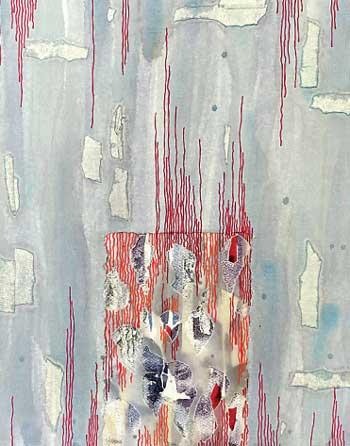 Q Your work often explores themes of conflict, coexistence, and healing. What personal experiences or reflections first inspired you to focus on these universal human struggles?
Q Your work often explores themes of conflict, coexistence, and healing. What personal experiences or reflections first inspired you to focus on these universal human struggles?
I paint my fears, my hopes, and my existential anxieties about the human condition. As such, my works are deeply felt and profoundly emotional. My personal journey has, on many levels, been both frustrating and challenging. I have had advantages and opportunities, but they have come alongside deep personal challenges and losses. An artist’s life is a lonely and exacting road. Creativity is forged in silence. Several experiences have marked and scarred me, shadowing my work deeply. Yet I remain driven by a compulsion to find meaning, renewal, and healing. The works are a constant adventure and exploration, always seeking revelation and truth. Each time, I must go deeper into my understanding of myself, of others, and of our world. Most importantly, I must challenge myself with the unknown and the uncomfortable, whether it be a subject matter, a theme, or a medium. Since 2002, five exhibitions have expanded on these deeply personal anxieties; ranging from the exploration of the soul’s journey in Flight (Colombo, 2004) to the urgent call for justice, women’s empowerment, and gender equality in my most recent exhibition, Reflect: Reframe: Renew (2024).
Q Sustainability and climate change have been recurring motifs in your exhibitions since the early 2000s. How do you see the role of art in shaping public consciousness on environmental issues?
My first exhibition on the environment was in 2005 in Sydney, well before the expression climate change was widely coined or commonly used. Since then, my shows have increasingly examined extinction, the climate crisis, and the Anthropocene age. After exhibiting in several countries, my most recent show on this theme was in London in 2019, where the paintings symbolically evoked Greta Thunberg. The works were presented alongside powerful reflections by philosophers and activists, creating a dialogue between image and thought. Many of my exhibitions on sustainability have been interdisciplinary, bringing together scientists, poets, activists, and development professionals in diverse formats. Deliverance Dialogues (2012), for example, was staged in public spaces as interactive art, combining poetry and scientific facts in all three national languages, with message boards inviting passersby to share their own thoughts on the climate crisis. Within six weeks, the boards were overflowing with comments in multiple languages, a testament to the urgency of the issue. Timed to coincide with the UN Climate Conference in Rio, Deliverance became a space for dialogue and reflection, even as the global summit itself failed to achieve its goals. We are now hurtling toward a point of no return. As we witness nature’s fury, rising seas, record-breaking heat, catastrophic floods, and countless other warning signs, it is evident that irreversible tipping points have already been crossed. And yet, despite our disillusionment, we cannot turn away. We must continue engaging the public, not only through facts, figures, and scientific data, but by moving these questions into hearts and minds. Through art and poetry, through the emotions they stir, perhaps we can awaken humanity to protect itself and future generations. We are the culprits. Our insatiable, self-destructive greed continues unchecked. As Gandhi reminded us, “The earth has enough for man’s need, but not his greed.”
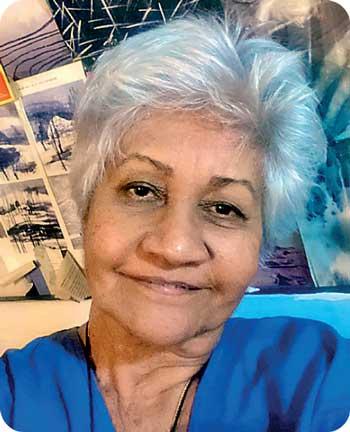 Q ‘Kintsugi,’ your multisensory installation at the Venice Biennale, emphasizes diversity and coexistence. What drew you to this concept, and how do you interpret its relevance in today’s divided world?
Q ‘Kintsugi,’ your multisensory installation at the Venice Biennale, emphasizes diversity and coexistence. What drew you to this concept, and how do you interpret its relevance in today’s divided world?
I was driven to examine the concept of acceptance of the flawed, both in ourselves, and in others, and the inclusion of the “other” because I felt increasingly frustrated, even desperate, as the global community tore itself apart with hatred, intolerance, bigotry, and parochialism. While this work was conceived in 2017 and first shown in Venice in 2019, the world has only grown worse, with imperialism and genocide raging in Gaza and Ukraine. Of course, countless smaller yet equally destructive conflicts continue to unfold across the world at any given time. While art may never influence events as directly as world leaders can, silence and inaction are unconscionable. Romesh Gunesekera’s lyrical poetry and Sharon Smit’s haunting music echo these same concerns, and together we seek unity within diversity and healing for us all. Kintsugi is now on permanent public display at Cinnamon Life, accessible at any hour of the day or night. The installation is best experienced in its fullness when accompanied by the short art video and the book that expand upon its themes.
Q Looking back at your journey from the 2002 New Delhi exhibition to the Venice Biennale in 2019, how do you feel your artistic language and vision have transformed over time?
My work has changed in both content and medium, in so many levels and in a variety of ways, and I hope it will continue to do so. The work in 2002 was more descriptive and site-specific, while the even earlier paintings of the 1990s were largely decorative. Over time, there has been a growing progression into the activist, as I continue to venture into unknown territories. Yet I hope there is also continuity. Even in the video work and NFTs, viewers often recognize a thread that links one exhibition to the next, even if they cannot immediately identify a “signature” style. The images were more subtle and oblique in the early exhibitions. Faith (New Delhi, 2002), for instance, conflated Buddhism and Islam and coincided with the destruction of the Bamiyan Buddhas in Afghanistan by the Taliban. Yet the exhibition did not directly address that tragedy, I now wish I had combined the two elements instead of leaving them side by side and separate. The message became stronger with Quest (Colombo, 2006), where we directly engaged with issues of war, peace, and reconciliation. The following exhibitions grew increasingly activist. Kintsugi, which explored unity within diversity and healing through acceptance of the broken, clarified these themes deeply across a variety of mediums. My sustainability journey began with Space (Sydney, 2005), a work reflecting on the insignificance of humankind within the vastness of the world. Using poetry, it gently evoked the need to protect the planet. The seven environmental exhibitions that followed grew steadily more urgent, insistent, and outspoken, often created in collaboration with science. At the 2019 three-person show in London, my work directly addressed the climate crisis and Extinction Rebellion, symbolic, forceful, and uncompromising in its urgency. Over time, my practice has shifted from the descriptive and decorative to the activist and issue-based. Most recently, in 2024, Reflect: Reframe: Renew confronted sexual harassment and domestic violence while affirming the empowerment of women, continuing the exploration of equality and the ongoing struggle for justice.
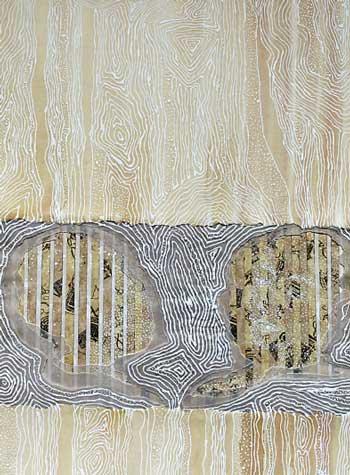 Q Where can one view your work?
Q Where can one view your work?
Like all artists, I welcome studio visits, and at any given time there are usually a couple of dozen works on display in my studio gallery. Most of my works, however, are now in private collections worldwide, including homes in Belize, Chile, and Zimbabwe. For public viewing, my Venice Biennale installation is on permanent display at Cinnamon Life and can be seen at any hour. Fairway, Fort houses 300 sustainability prints from Deliverance, spread across every floor and guest room. At Paan Paan Café, Staple Street, a large collection of abstract prints from EarthLines, works that reference the environment; are also on view. Nations Trust Private Banking is currently rotating a new selection of artists, and several of my recent works on transformation and renewal are included. These pieces trace the slow unfolding of life’s layers: the passage from sorrow to joy, from loss to fulfilment, from fear to hope, a movement from shadow into light. We live, often, behind veils; my work invites each veil to be lifted, gently and in sequence, until we find ourselves revealed in a quiet radiance of truth. Nations Trust Private Banking at 53 Horton Place is currently rotating a new selection of 16 artists paintings and there are seventy paintings on display, including several of my recent works on transformation and renewal. These pieces trace the slow unfolding of life’s layers: the passage from sorrow to joy, from loss to fulfillment, from fear to hope, a movement from shadow into light. We live, often, behind veils; my work invites each veil to be lifted, gently and in sequence, until we find ourselves revealed in a quiet radiance of truth.
Anoma Wijewardene’s journey, from a Sri Lankan upbringing, shaped by her polymath father, to her education at Central Saint Martins, to her global exhibitions, reflects not only artistic brilliance but also a profound commitment to using art as a language for change. Her installations, canvases, and digital works are not just visual experiences but calls to conscience: on unity, healing, sustainability, and the acceptance of imperfection. Today, with works permanently displayed at Cinnamon Life, Nations Trust Private Banking, Fairway Fort, and Paan Paan Café, Anoma continues to bridge personal, cultural, and planetary concerns. Her art reminds us that while the world is fractured, beauty can still emerge from brokenness, like the Japanese philosophy of Kintsugi she once explored at the Venice Biennale. Through her vision, Sri Lanka’s artistic voice resonates far beyond its shores, urging humanity to reflect, renew, and embrace the interconnectedness that binds us all.
